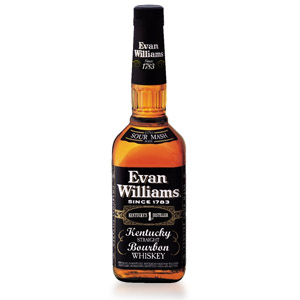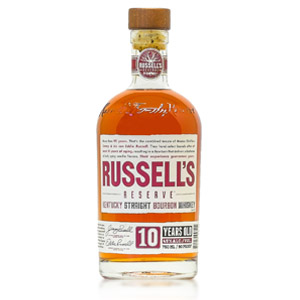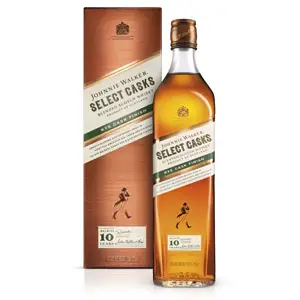Wow, am I phoning it in. Something about a nice summer weekend with lots of house-related projects to do makes me disinterested in reviewing whiskey. So, I’m reviewing something that is exactly the same as something that I reviewed awhile back, except it’s about 8% lower ABV and about $15 less. The Lazy Noob, more like, am I right?
James E. Pepper, a historic brand purportedly established in 1780 (NOT in 1776) but mothballed in 1958, was distilled at several sites in Kentucky including the now-abandoned James E. Pepper distillery in Lexington, KY. In 2008 the rights to the brand were purchased by the Georgetown Trading Co., and re-launched using sourced whisky from various distilleries. The rye bottlings, like many modern rye whiskies, are made at LDI in Indiana (now called MGP). The bourbon bottlings were previously contracted out of the Corsair distillery, but are now all MGP as well. The Georgetown Trading Co. announced in 2016 that the historic James E. Pepper distillery in Lexington would be renovated and reopened as a craft distillery and museum, which opened in December of 2017. It will be interesting to see what happens around January 2021, when that house-made whiskey can go into this expression.
The brand makes several bourbons and three ryes: a 100 proof, a barrel proof, and a 15 year-old. The barrel proof rye is the exact same whiskey as this 100-proof straight rye, except that it is bottled at cask strength. Both come from a mashbill of 90% rye, and both are bottled without chill-filtration. The bottle says “aged over 3 years” which we can safely assume means it’s three years old, tops.
Nose: Spicy and peppery, and slightly vegetal, with clear “young rye” eucalyptus and menthol notes. Fresh mint, orange peel, clove, and root beer (Sassafras). A rest in the glass reveals a few welcome floral notes.
Palate: Thin body. Hardy tongue burn (expected at 100 proof). Green grass and crushed mint, orange zest, and root beer persist on the palate, and the whole is fully-flavored but dry (not very sweet).
Finish: Medium-short. The mint carries through, although the finish turns a little bitter. Bitter roots, mild charcoal, and very slight mouth-drying oak tannins. Fades quickly without evolving.
With Water: A few drops of water increase the nose tickle without adding any additional aromas. The palate becomes a bit woody (odd, that) and the finish displays more tannins, plus a rush of black licorice. Water optional.
Overall: It’s funny what a few small differences can mean for the overall recommendability (nope, still not a word) of a whiskey. The cask-strength rye suffered in my review for its middle-of-the-road character that didn’t quite live up to its $40 price tag. Drop the ABV a few percent (and much more importantly, drop the price $15), and I start calling it a very well put-together rye, if a touch on the young side. Luckily, those youthful notes are all of the grass/mint variety, and not in the “paint thinner” category. A solid rye for the price, and certainly a good choice for whiskey-based cocktails, but I still prefer Rittenhouse 100 and Hochstadter’s for the “budget rye” spot on my shelf. Still, if the liquor store is out of those two, this one works just fine for the money. And, as we determined above, don’t cough up the extra $15 for the Barrel Proof. It’s not worth it.









I just ran out of Rittenhouse and decided to give it a try. Same price as Rittenhouse where I live ($28.00). My first impression is a very good one, I like it as much as Rittenhouse. I find more of a “young rye” character than Rittenhouse, which ends up being very close to a “high rye Bourbon” (such as a WT 101). I cannot wait to make an Old Fashioned with it and see how it compares to Rittenhouse and WT101 (I tried quite a few ryes and bourbons and narrowed it down to these 2 for my Old Fashioned).